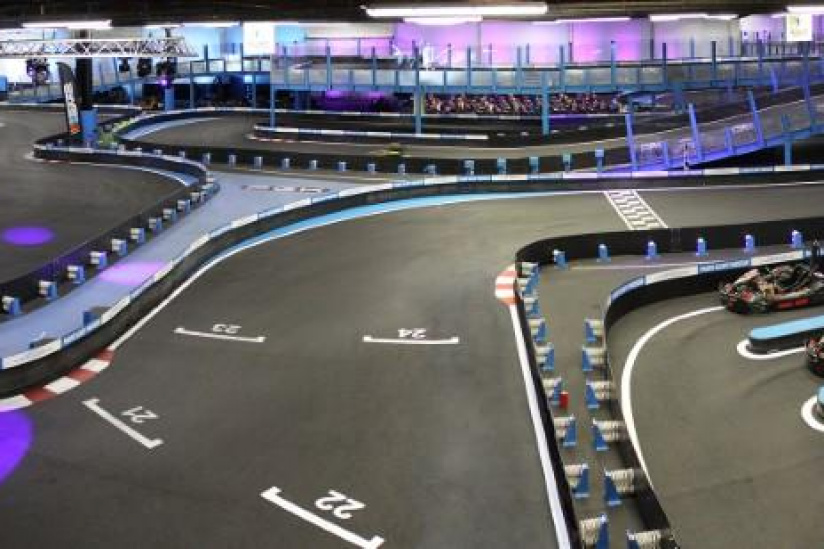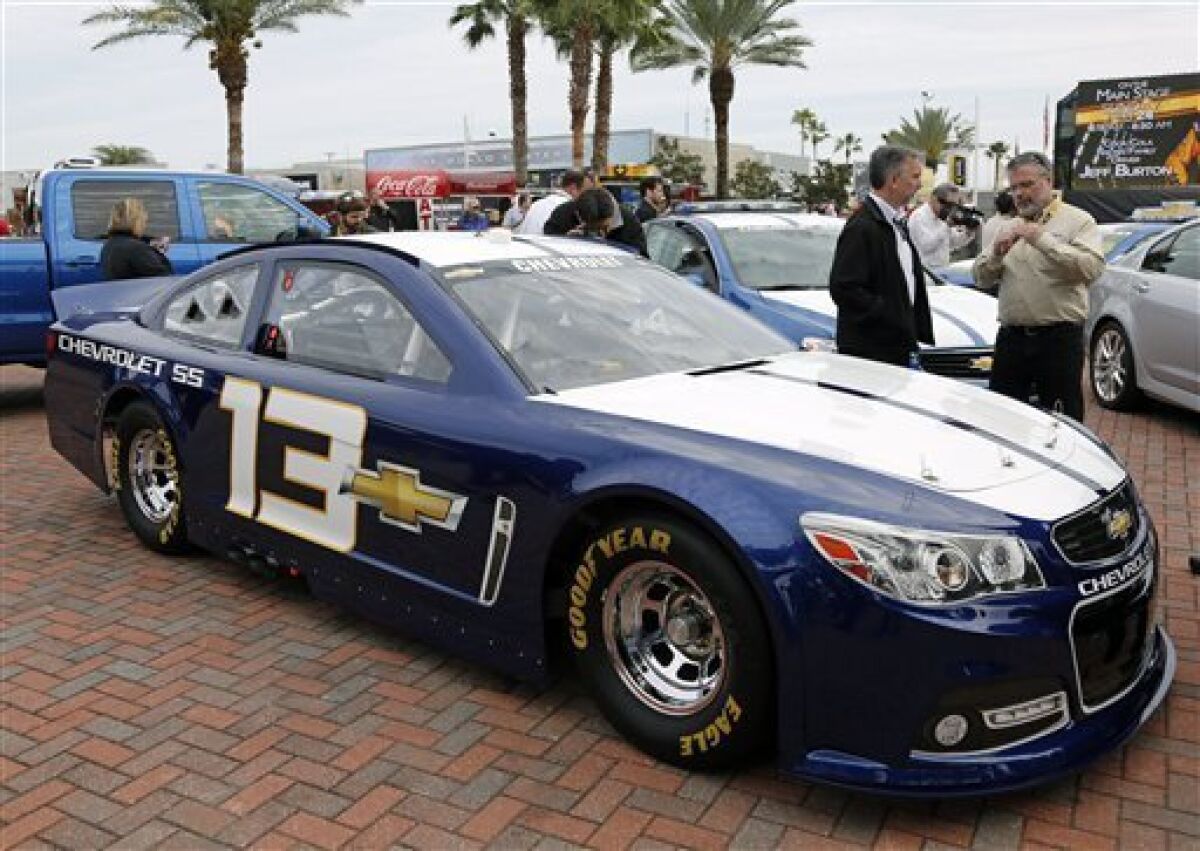
Road racing began on public roads. Since then, there have been many variations of road racing: touring car races (or sports car races), truck racing, motorcycle racing and truck racing. Some races take place on closed circuits and others on public roads.
Plans were made by the Federation Internationale de l'Automobile to host road racing world championships. The 1950 Grand Prix marked the beginning of road racing. It was also first to be held at a street circuit and first Formula One races held on a street track.
Road races were mostly held on closed roads in the United States. Most races were now held on racetracks that have been purpose-built due to security concerns. These closed roads were eventually renamed Traditional Road Racing. Street circuits are now making a comeback, in Formula One as well as MotoGP.

MotoGP and Formula One series have led to dedicated tracks being constructed in Qatar, Malaysian, Shanghai, China, Malaysia, Shanghai, China and Qatar in the Middle East. The Formula One world championship is organized by the Federation Internationale de l'Automobile, and it is the world's premier automobile road racing championship.
Road racing on motorcycles is done on asphalt tracks or roads that are suitable for public use. Most races are broken into teams of one or a few riders. In other cases, racers race wheel–to-wheel on temporary streets circuits. The track length can vary from 30 seconds to 12 hours. It can be done individually, as a team, or with drafting.
Road racing is divided into different levels, with the most competitive being MotoGP. There are also different series of road racing organized by the SCCA. This includes Vintage Racing, Club Race Experience, Regional Road Racing, and Drivers School.
Time trials are a race against time. The winner is usually awarded points, based on how fast he or she completes a lap. You can do it individually or with a team. It is usually shorter than regular races. There are many variations on this race, including team time trial events, single day races, and stage races.

Sling racing involves half of the racers going around the track, and the other half running in sprints. This format was popularized in 1900. The race can be used in sling racing or in the "miss-and-out" format where the last rider is eliminated from each lap.
Stage racing is a series that includes a number stages over a few days. Some stages also include a trial. Riders have the chance to shine on these stages. There is also a time-credit system, where the winner of each stage receives a time credit for their win.
Road races can either be held on closed roads, closed street circuits or open roads. There are also road rallies, which are held on public roads. Road rallies aren't about speed. They are all focused on precision.
FAQ
Which car race is the fastest?
F1 Grand Prix is a championship for the fastest car racing. F1 is the designation for the highest level competition in motorsport. It is comprised of 10 teams, all from different parts of the world. Each team is supported by 2 or 3 drivers.
How many people work together to make a race car?
Most race car manufacturers employ hundreds of workers.
They make parts such as tires, suspension systems and body panels.
How fast can a racecar accelerate
A race car's acceleration rate varies depending on its weight.
For instance, a lighter car accelerates quicker than a heavy one.
Is it hard to become a race car driver.
It takes hard work and dedication. It takes practice. You will not succeed if your efforts and time aren't consistent.
To achieve your dream, you must be willing to sacrifice everything. It's not about winning if your are fast enough.
Many people try to drive but don't make it because they aren't willing to do what it takes. They want to live a better life.
They want to go home each night without having to work extra. To succeed, you must be willing to sacrifice everything.
It is not easy to be a racecar driver.
Statistics
- In 2009, the slick tires returned as a part of revisions to the rules for the 2009 season; slicks have no grooves and give up to 18% more contact with the track. (en.wikipedia.org)
- According to FormulaMoney, the design, development, and construction of chassis and engines can cost teams as much as $255 million annually. (businessinsider.com)
- Forget the 200-mph battles of the late 1980s; no one, not even McLaren itself, predicted the inimitable F1 would go as fast as it did. (motortrend.com)
- Petty has won 200 NASCAR Cup Series races, a likely unbreakable record, along with a series record seven Cup championships. (frontstretch.com)
- According to Toyota, the 390-hp-plus 2019 Yaris WRC runs out of gearing after 124 mph, 19 mph less than the crazy Yaris GR that's currently sitting on dealer lots outside of the U.S. BONUS: (motortrend.com)
External Links
How To
How To Get Sponsors
If you want to get sponsors, you'll need to build a following. Start by building relationships with people who are already involved in racing. They could help with sponsorship deals. Don't forget to attend rallies and drag races. These types events will improve your social media presence and increase chances of landing sponsorships.